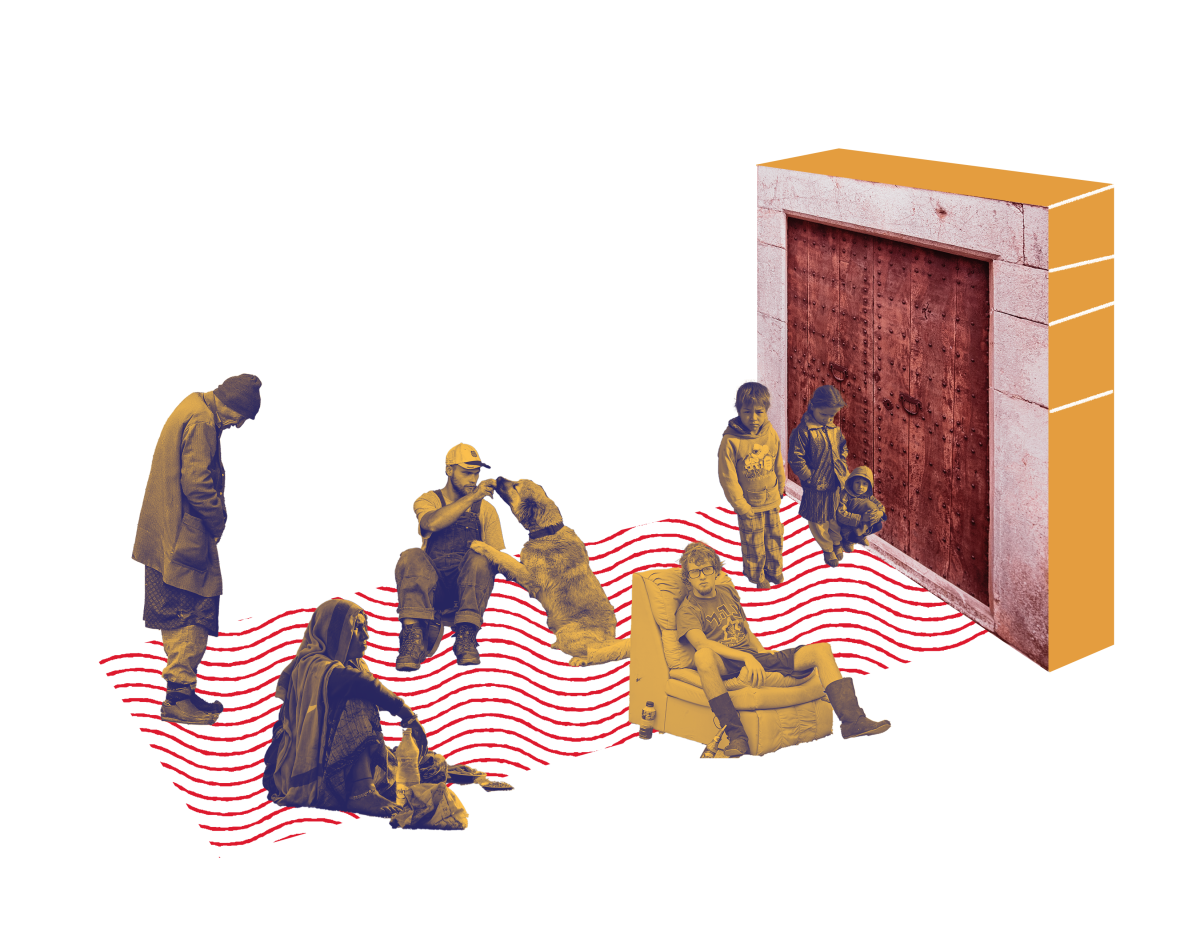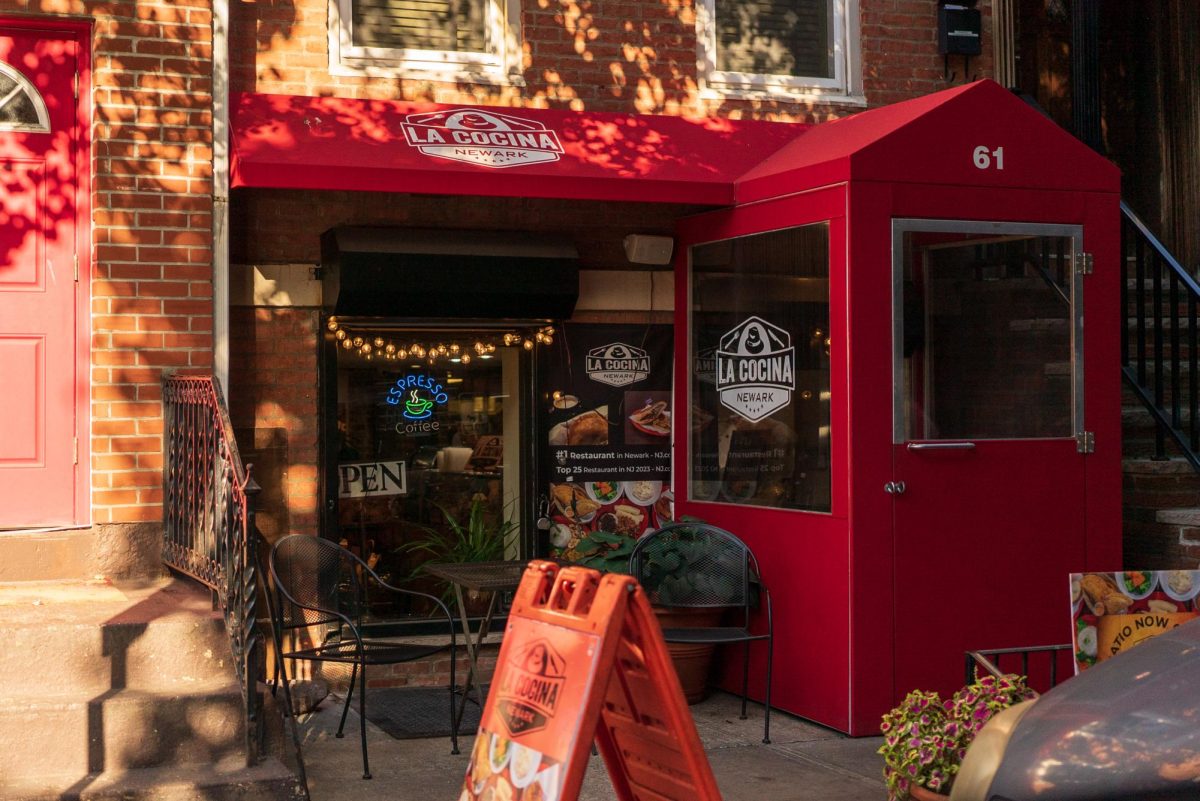Shipping containers will be converted into temporary housing situations for homeless people living in Newark Penn Station in early February. For anyone who has taken a train out of Penn Station, the homelessness problem that plagues Newark is not news. The city had an estimated 1,859 homeless citizens as of Monarch Housing’s last Point-in-Time (PIT) count, 349 of whom were unsheltered. This number represents 86% of the homeless population of Essex County and nearly 1% of Newark residents, also being a little under half the number found in similar counts done in neighboring New York City, despite having one-thirtieth the population. Considering that many studies have shown PIT counts to underestimate homelessness anywhere from 60 to 90 percent and that many Essex county residents have housing contingent on the New Jersey eviction moratorium (currently set to expire on March 21), the statistics are staggering.
Mayor Ras Baraka and city council members worked on reestablishing the Homelessness Commission in 2018 by allotting $2 million and 10 parcels of city-owned land to the Housing First Initiative in 2020, aiming to provide housing for those with mental health and substance abuse issues who may struggle to find shelter in county facilities. The city seems poised to adopt a creative solution that is being adopted in many American cities: permanent housing made from converted shipping containers.
The use of shipping containers in construction should not be a foreign concept to NJIT students, already accustomed to the rapid testing center across Greek Village, but its use as municipal housing units may be new. There are clear advantages in the choice to use modular homes. They are often much cheaper than alternatives, take less time to construct and can easily be stacked and transported. Such homes have been used in multiple cities like Los Angeles, Oakland and Tampa Bay to aid in tackling homelessness. These residences would also be attached to social services intended to aid the transition into permanent housing. The project will be undertaken by a company known as Homes 4 the Homeless, but details such as location, number of homes and cost are still to be announced.
However, critics have brought attention so several very notable problems in utilizing shipping containers for temporary housing. First and foremost is insulation; with the small amount of room available in the metal containers, manufacturers may not be able to suitably insulate homes, especially those cheaply made for use in temporary housing. Some Los Angeles residents have complained of excessive heat, and it is unlikely they would fare better in Newark where the summers are just as warm, and the winters are far colder. Snowfall will present a separate problem as the cubic shape of the home leaves fairly weak support in the roof. Because most of these homeless units have been set up in warmer climates this may present a new challenge for these companies. Additionally, the cramped spaces provided in the homes may wear on the mental health of their inhabitants, most of whom already will be struggling with mental illness.
However, despite their flaws, these homes are better than nothing. Permanent addresses are an invaluable resource for homeless individuals when looking for employment or government support, allow social services to more easily access those in need and remove a great deal of insecurity from the lives of the homeless. With the homeless crisis as severe as it is now, and soon to be bigger, the city of Newark needs to do as much as it can with the resources that it has as soon as possible. Hopefully, these modular homes may accomplish just that.
Graphic by Nick Arango

































